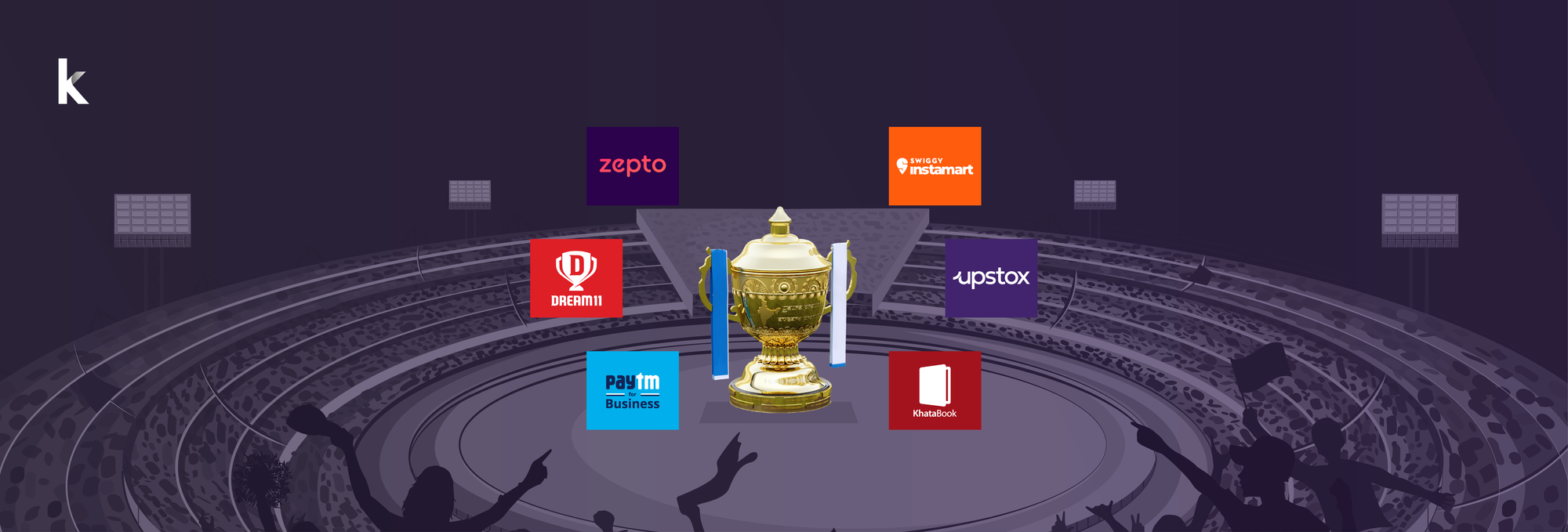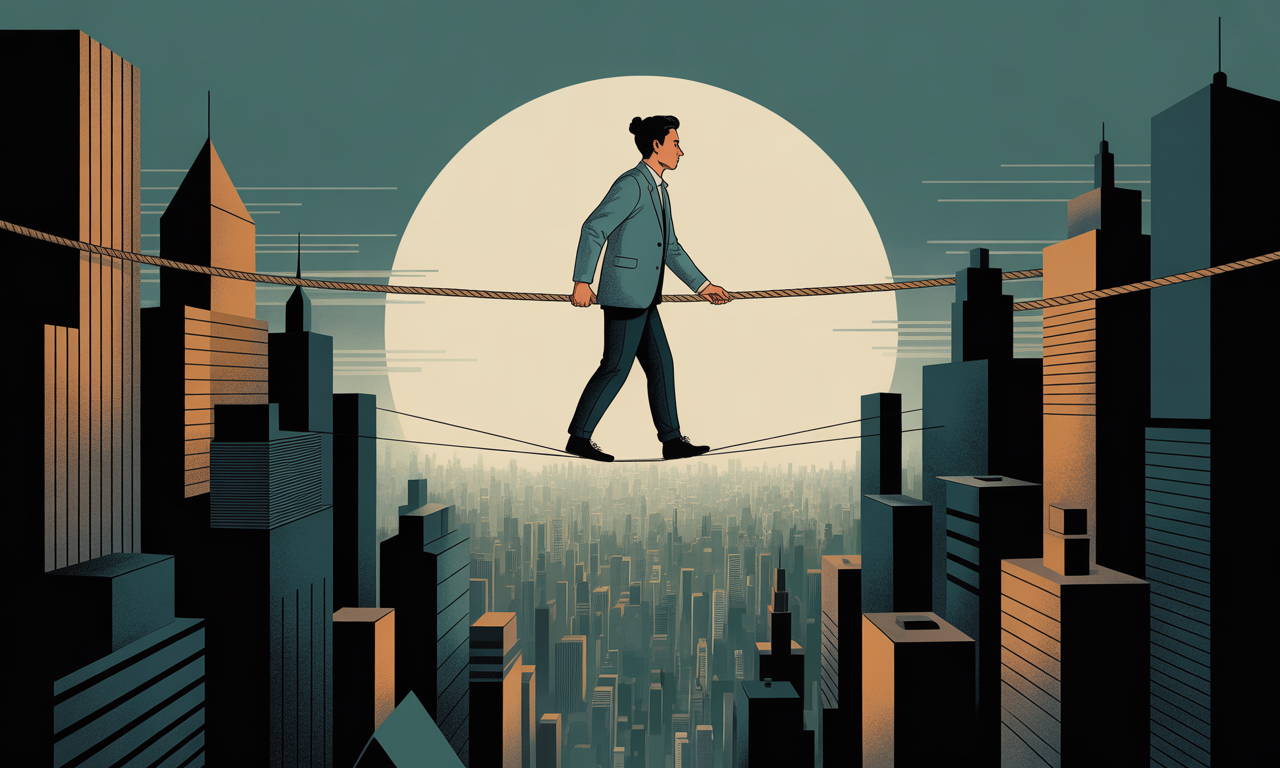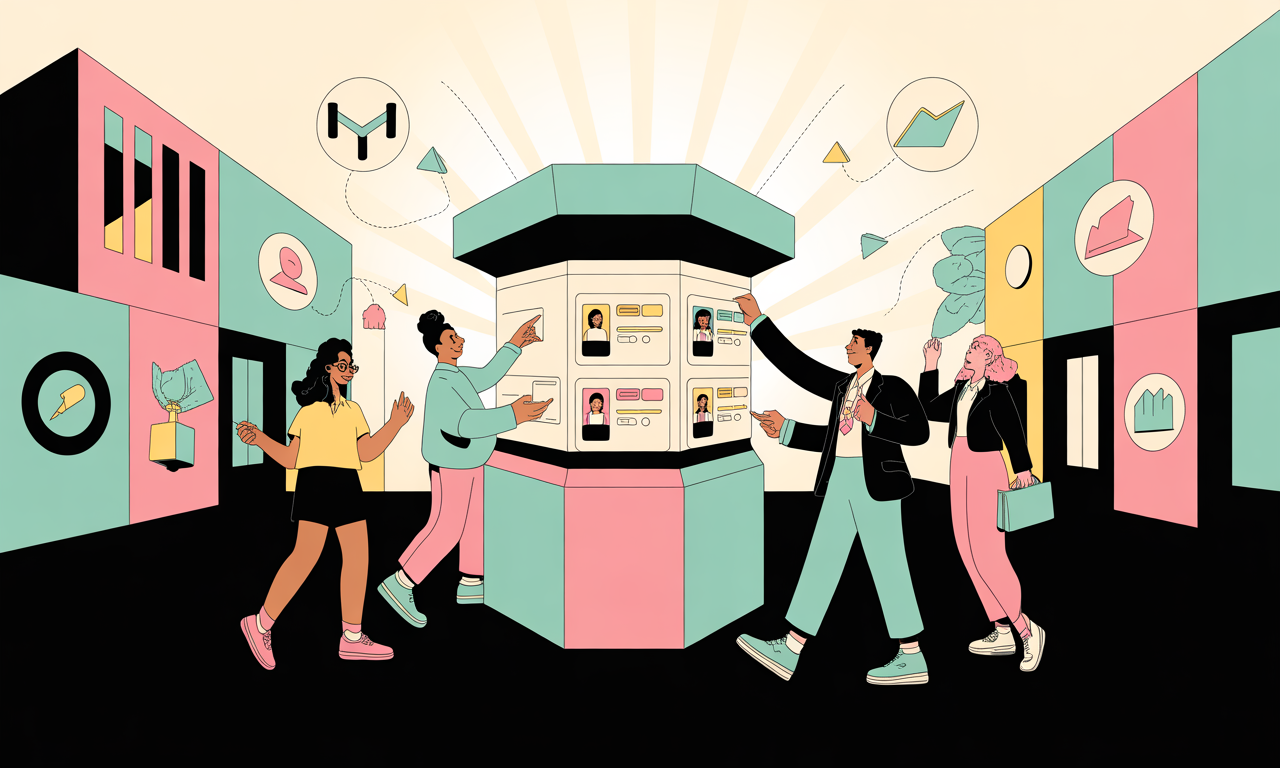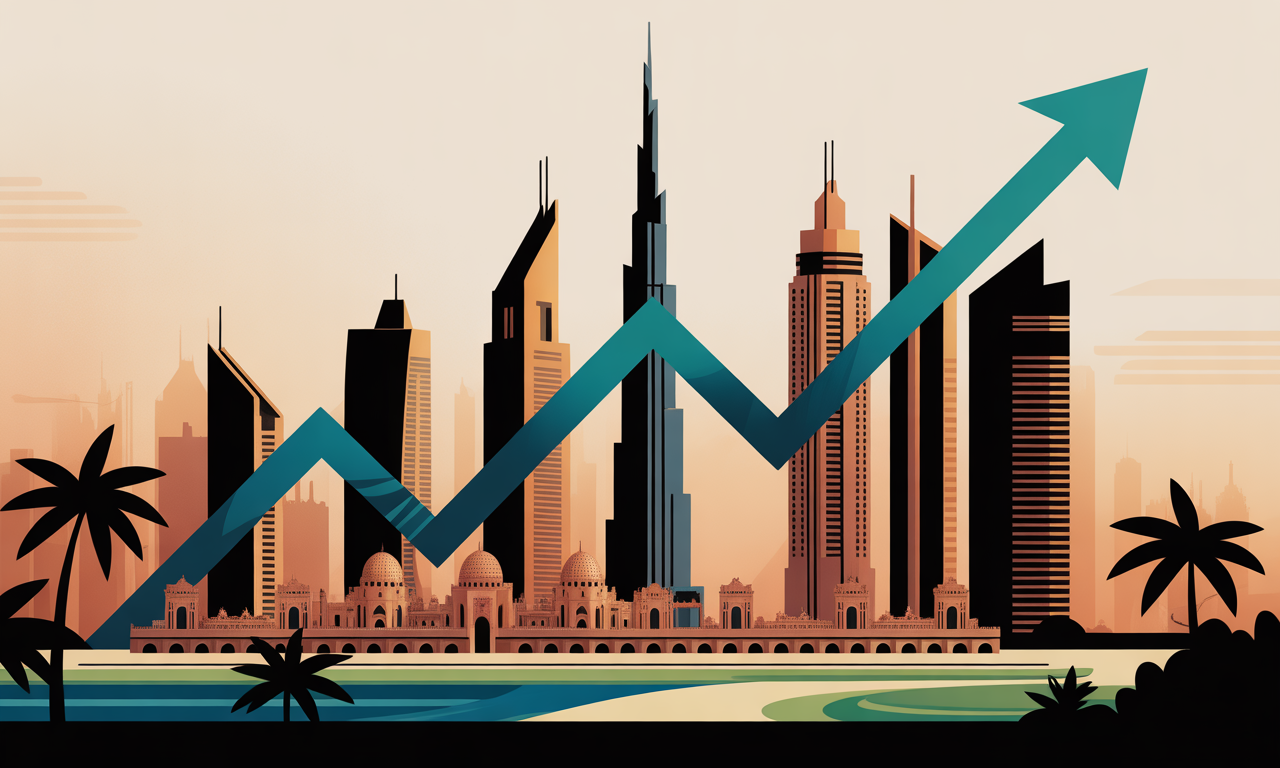
Who stole the show this IPL? Indian Startups 🚀
Tue May 31 2022
6 min read
Something happened in 2020. No, not the pandemic. We will not begin this blog by droning on about our strange and unusual circumstances. But something did happen in 2020 and it was the litmus test for startups big and small, everywhere. To begin with, let’s talk about the most successful Indian startup by far - the Indian Premier League. Since its inception in 2008, it has done nothing but grow in every direction.
💡 At last count, the IPL clocked 400 billion viewing minutes in total. That’s a huge number even for 125 crore Indians watching it. It has not only been on standard cable TV but it has now proliferated into every device that can stream- whether it’s the huge 50 inch TV or the small handheld smartphone.
So what’s keeping the IPL machinery running despite the pandemic? One of the answers to this is the unwavering stream of sponsorship. Since Hotstar started streaming the IPL, advertising is being offered at rates as low as INR 5 lakh for takers. And there are many takers who are startups, especially since 2020. After all, many cricket facts in fact have a Hotstar subscription just for the IPL!
Given the unexpected twist that COVID-19 provided, long-standing IPL sponsors dropped away and Indian startups took their place.
Vivo, which was the title sponsor in 2019 at INR 440 Cr was replaced by Dream11 in 2020 for INR 222 Cr, a whisker away from BYJU’s bid at INR 201 Cr. Indian startups proved that they can rescue the IPL by innovating, being agile and solving actively for a market. They stayed relevant even when corporates (FMCGs, BFSIs, and consumer durables- previously the largest spenders on IPL) with deep pockets fumbled at a crucial time.
It makes sense when you know that the IPL is the biggest media event of the year and a dream ROI machine for sponsors. Time and again, brands that have been associated with the IPL have greater reach and mass recognition. Brand awareness, user trust, and user sign-ups shoot up, so it’s an obvious win for startups. Dozens of startups got on board the IPL wagon in 2020, and by 2021, the numbers swelled. Just when things seemed like they were going upward, the second COVID-19 wave hijacked the show. With several players testing positive at an alarming rate, IPL 2021 had to halt mid-season and the expected ROI for startups naturally plunged.
Cut to 2022, and IPL came back with a bang, adding two more teams (Gujarat Titans and Lucknow Super Giants) to its repertoire. This time, it’s truly providing a bang for the advertisers’ buck. Especially for our very own startup ecosystem!
💡 Over 60 startups (30% of them are fintech startups) are in the sponsorship foray and, like typical startups, have hyper-charged the situation.
And when startups unite, great innovations happen. 2021 was bad for IPL and the startups that sponsored (BPCL faced losses of over Rs 2000 crore) but we’d say, 2022 more than made up for it. Let’s discuss what the desperation from 2021 gave birth to in 2022:
I. Five new advertisement targeting options became available.
To begin with, there are now more targeting options for advertisers which are,
- Connected TV: TVs that are connected to the internet are set to grow to 40-50 million units by 2025. According to Hotstar, 65% of their IPL viewing audience are connected TV users. Connected TV ads cost 200% more than the standard 10-second ads because they reach out to a sophisticated digital audience who have multiple OTT subscriptions. These are high-income audiences who have high spending capacity and these ads will reach their entire household.
- Advertising during match highlights: Many people rely on match highlights to catch up on what’s going on. These are usually people who do not have a streaming subscription or people who work late nights and don’t watch the live match. In 2021, there were 120 million highlights viewers, and nearly 90% of them watched highlights within 12 hours of the match. Therefore, this is another option for advertisers.
- Geo-targeting/language targeting: This form of targeting costs an advertiser at least 33% more than the regular 10-second ads. This year, individual states can be targeted for ads, and individual cities as well. An advertiser can choose between regions of certain population caps or linguistic filters. This is essential for regional/local brands to advertise. But even the likes of Spotify have customised their advertising based on region and language.
Take a look at their Hindi and Tamil ads below:
- SMB Targeting: B2B brands can now target small and medium businesses as well! This option is available for brands like Khatabook and PayTM Business, which have offerings for Indian SMBs. These ads are targeted at non-premium mobile handsets.
- Non-premium mobile handset targeting: This year, advertisers have the option of targeting handsets that cost less than INR 15,000. These could be the best fit for brands that have a mass appeal like mobile phones, FMCGs, education, etc.
II. Rising female viewers leading to more women-centric advertising
When IPL started in 2008, it was mostly a battleground for big brands that aimed at male audiences across the nation. Some female-centric advertising, especially for FMCG products like dishwashing liquid has been a standard showcase.
However, in the recent season, there have been over 200 million women IPL viewers. To put it in other words, 200 million viewers are more than the number of viewers for the top 5 general entertainment channels put together!
Given that 54% of female viewers watch most matches in the season, and nearly all of them have some kind of spending power, this season of IPL has more women-centric advertising (57% more than last time, to be precise) and is a paradise for the startup sponsors.
III. How Indian startups added colour to IPL 2022
Vivo pulled out as the title sponsor ahead of the 2022 IPL edition. With this year’s title sponsor TATA launching the TATANeu super-app, it’s become the face of innovation, just like all the official sponsors. All the official sponsors of IPL 2022 are startups ONLY. Here’s a list:
- Dream11
- Unacademy
- Upstox
- RuPay
- Swiggy Instamart
- CRED
Each official sponsor is shelling out INR 210 Cr each, which is nearly the same amount as the title sponsorship in 2020. Other than these official sponsors, PayTM is the Umpire Sponsor at INR 28 Cr. No wonder, the 2022 Indian Premier League (IPL) is on track to generate ₹1,000 crores just in sponsorship revenue.
Now that we know why startups are willing to take out such a huge chunk of their capital towards IPL sponsorship and advertising, and how new technology has helped them target specific audiences, let’s look at specific sectors that benefit very differently from the IPL:
- E-Commerce: E-Commerce has increased since the pandemic and has grown to 21.5% this year. Therefore, among the top 5 IPL spenders, two of them belong to the E-commerce sector, and they have a 15% share of the ad volume. It’s no accident if you’re clicking to buy something right now.
- FMCG: Compared to IPL 2020, there was 2x more spend by FMCG brands in 2021, and even more in 2022. This is not only for the higher brand awareness and brand recall, but also to change perceptions and attitudes towards the brands. Imagine watching an FMCG ad during the dopamine filled atmosphere of your favourite cricketer smashing it on the field. It not only has the concession stand effect that’s in-stadium but also permanently settles in your subconscious mind as ‘pleasurable’. Opening happiness, anyone?
- Ed-tech: Ever remember how your dad used to superstitiously say “Dhoni is not playing well because you’re not studying properly”? IPL has always clashed with exam season in India and Ed-tech advertisers use this “distraction” to leverage their advertising. BYJUs recorded almost 2.3 million new users and a 19% increase in their web and mobile traffic in 2020 itself. Imagine what ed-tech startups are getting in RoI now!
- Food delivery brands: The image of an IPL spectator pulling out a pack of chips from the mobile phone screen is now etched in your memory. So too, report food delivery brands like Zomato and Swiggy, that 70% of their respondents have ordered something or the other while watching a match. No one wants to cook during IPL time, it seems, except if they’re willing to make Licious’ 8-minute kebabs.
So that’s the whole picture you need to see. When startups stand together, they touch heights together, faster, better.
💡 It’s out with the old chock a block type advertising for big companies, and it’s in with the hyper-targeted, nuanced, high-tech brands. It won’t be long before your ads are completely your own and you’re at the receiving end of “mass” media.








